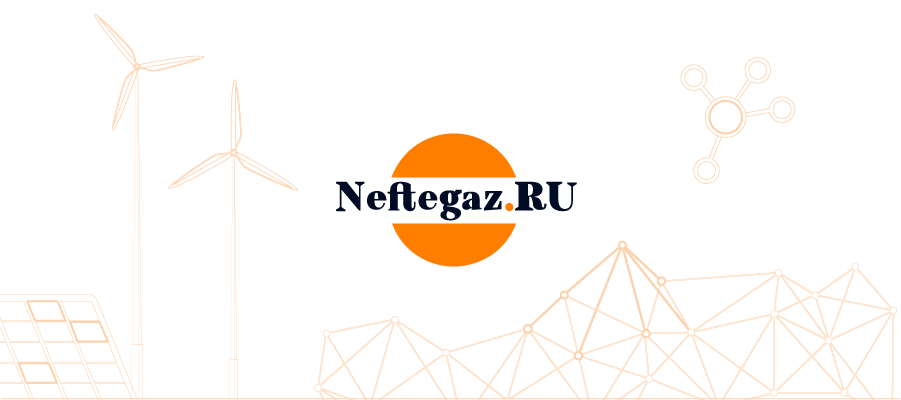While the future of the controversial project still fuels debates and uncertainties, Russia decided to adapt to its neighbor's needs for cleaner energy sources, and in particular for hydrogen, which the European Commission put at the forefront of its recovery agenda.
A dialog between Berlin and Moscow is currently underway to produce green hydrogen on a large scale.
That information was revealed during a conference held at the German-Russian Chamber of Commerce on February 16th.
But as surprising as it may appear, this narrative is not new.
1stly mentioned in 2018, the hydrogen option for Nord Stream 2 was then put on the table by Uniper who, in March 2020, envisioned the ability of the pipeline to transport up to 80% hydrogen.
Luca Franza, a researcher on EU-Russia gas relations, said:
- One of the key arguments against NordStream 2 is that adding natural gas contradicts the decarbonization objectives of Europe
- Here, Russia's counter-argument is that NordStream 2 also has a hydrogen potential, and can fulfill those decarbonization objectives
The choice of hydrogen investment by Russia can be interpreted as a tactic to make the project more appealing and to change Western countries’ stance on Nord Stream 2 sanctions.
But beyond the geopolitical aspect, it raises several questions on its actual feasibility.
1stly, will this hydrogen be blue (produced from fossil fuel sources) or green (carbon neutral)?
The question is difficult to answer since the EU is not adopting a «color-blind» approach to hydrogen anymore.
According to Luca Franza:
- Russia has a better comparative advantage along the blue hydrogen value chain: it is, therefore, better positioned to send blue hydrogen rather than green, for which costs are still very high
Russia can offer giant land potential as a basis to build up solar and wind power, and huge water resources for hydropower
However, looking at Russia's current energy mix, the country still relies for more than 60% on coal and natural gas and is far from being a role-model in renewable energy production
Moving to a 100% green hydrogen economy implies using blue hydrogen as a transition fuel until at least 2045 when costs are expected to begin to converge.
The cooperation framework set between Russia and Germany seems to ignore these considerations and is determined to pursue green hydrogen production.

The 2nd major question then: how will this hydrogen be transported?
The 1st option, and the least realistic one, would be the transportation of just hydrogen through the pipeline.
Another solution consists of blending hydrogen with natural gas, but this method has several drawbacks.
Regulations on allowed proportions of blending vary per EU member state and can range from 1% in the Netherlands to 8% in Germany under certain conditions.
Recently, several MEPs have called for the harmonization of these blending standards, but the goal is far from being achieved.
Finally, the compatibility between the pipeline materials and the transport of hydrogen is also not that obvious.
Research is being carried out on the need to add polypropylene to the pipeline to avoid corrosion.
Addressing the leakage issue of hydrogen also becomes a necessity.
Although technical modalities of the Nord Stream repurposing seem blurry, Russia is not starting entirely ex nihilo in the hydrogen field.
In the long run, its ambitions are much larger than the NordStream 2 pipeline.
Guided by the 2024 Hydrogen Roadmap, Russian companies started ramping up investment in clean hydrogen.
Gazprom started developing the pyrolysis technology, which converts natural gas into hydrogen after heating it up.
This technology is less energy-intensive than the electrolysis process, and less polluting than methane reforming, this method has the potential to kill 2 birds with one stone.
The only issue is that it has not been commercially produced on a large scale yet.
Russia's hydrogen production would be divided into 2 clusters: the North-Western one will transport hydrogen towards Europe, whereas the Eastern one will have Pacific-Asia as a final export destination.
In parallel, Rosatom has been tasked with the mission of testing a hydrogen-fueled train in the industrial Sakhalin region.
The nuclear company is also looking at the production of hydrogen from nuclear power - an option that is gaining popularity nowadays.
It has already received funds from the Russian government for this research.
However, nothing is less certain than the fact that Russia will be Europe’s most competitive supplier.
Moscow does not yet possess sufficient hydrogen production capacity to become price-competitive.
Thus, it will not be likely to meet European demand, estimated to reach 700TWh in the «business-as-usual» scenario (or 8% of total energy demand) by 2050 according to the EU Hydrogen Roadmap.
Projections are even more difficult to make in a market that does not yet exist and will be created only based on political will.
Luca Franza said:
- We tend to live in the future concerning hydrogen: Europe has ambitious projections concerning hydrogen demand, but we act like we are already there
In the end, although this green rebranding of Nord Stream 2 adds another element to the equation between energy security and environmental impact, it will not change the opinion of its traditional opponents, and even less to impact the sanctions imposed on it.
Author: Tatiana Serova


